11 "Painted Deserts" & Badlands Showcasing Nature's Most Vivid Geology
Embarking on a journey through the world's most stunning painted deserts and badlands is akin to stepping into a vibrant canvas painted by nature's own hand. These geological masterpieces are not merely barren landscapes; they are dynamic tapestries that tell stories of Earth's ancient past. The interplay of colors, from deep reds and oranges to soft purples and whites, is the result of millennia of geological processes that have sculpted these unique terrains. Each desert and badland holds secrets of prehistoric climates and ecosystems, offering a window into the Earth's dynamic history. This exploration will take us through 11 of the most breathtaking painted deserts and badlands across the globe, revealing the intricate beauty and scientific wonder that each holds. From the iconic Painted Desert of Arizona to the lesser-known wonders in Argentina, each section will delve into the unique characteristics and the natural history that make these landscapes so captivating.
1. The Iconic Painted Desert of Arizona

The Painted Desert in Arizona is perhaps the most famous of its kind, renowned for its stunning array of colors that seem to shift with the changing light of the day. Spanning over 160 miles, this desert is part of the larger Petrified Forest National Park. The vibrant hues of the Painted Desert are primarily due to the Chinle Formation, a geological layer rich in iron and manganese compounds that oxidize to create a palette of reds, oranges, and purples. This region was once a lush floodplain during the Late Triassic period, home to a diverse array of flora and fauna. Fossils found here, including those of early dinosaurs, provide invaluable insights into prehistoric life. The Painted Desert's stark beauty and its scientific significance make it a must-visit for geologists and tourists alike, offering a vivid glimpse into the Earth's ancient past.
2. The Mesmerizing Badlands National Park

In South Dakota, the Badlands National Park offers a dramatic landscape of eroded buttes, pinnacles, and spires. The park's striking appearance is a result of millions of years of deposition and erosion. The layers of sedimentary rock reveal a rich history of changing environments, from ancient seas to lush subtropical forests. The Badlands are particularly noted for their fossil beds, which are among the richest in the world. These fossils provide a detailed record of the evolution of mammals, including the ancestors of modern horses, rhinos, and saber-toothed cats. The park's unique geology and paleontological treasures make it a fascinating destination for anyone interested in Earth's natural history. The interplay of light and shadow on the rugged terrain creates a constantly changing tableau that captivates photographers and nature lovers alike.
3. The Enchanting Rainbow Desert of China

The Zhangye Danxia Landform Geological Park in China is home to the stunning Rainbow Mountains, a geological wonder that seems almost otherworldly. The vibrant stripes of red, yellow, green, and blue are the result of layers of sandstone and minerals that have been compressed over millions of years. Tectonic activity and erosion have shaped the landscape into a series of dramatic ridges and valleys. The colors are particularly vivid after a rain, when the rocks are wet and the sunlight enhances their hues. The Rainbow Mountains are a testament to the power of natural forces to create beauty on a grand scale. This region is also culturally significant, as it lies along the ancient Silk Road, a route that facilitated cultural and economic exchanges between the East and the West. The Zhangye Danxia Landform is a UNESCO World Heritage site, recognized for its unique geological features and stunning natural beauty.
4. The Vibrant Valle de la Luna in Argentina
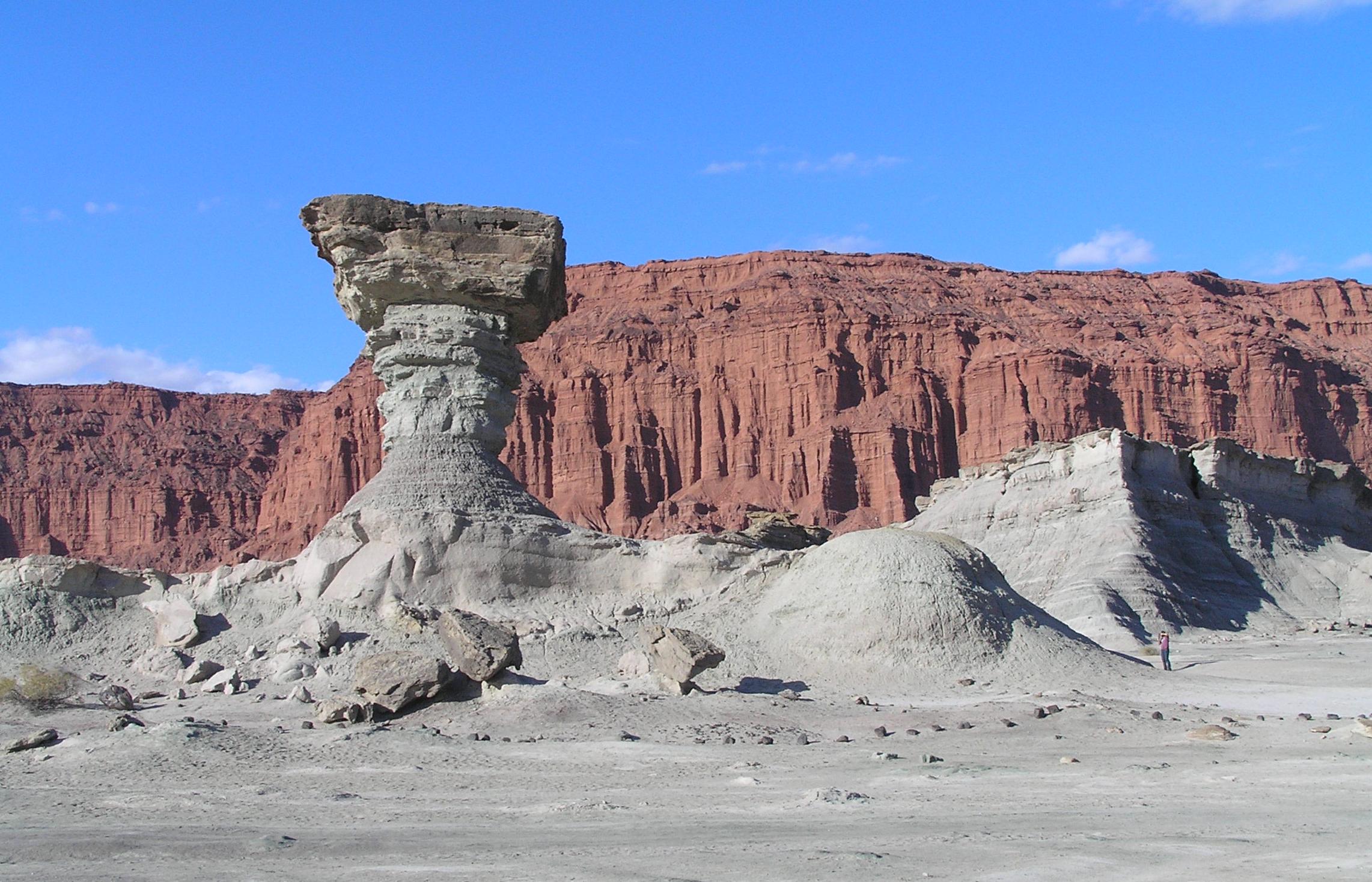
Argentina's Valle de la Luna, or Valley of the Moon, is a surreal landscape located in the Ischigualasto Provincial Park. Known for its otherworldly rock formations and vibrant colors, this region offers a glimpse into the Earth's distant past. The valley's unique geology is the result of volcanic activity and erosion, which have sculpted the landscape into a series of bizarre shapes and vivid colors. The park is also a paleontological treasure trove, with fossils dating back to the Triassic period. These fossils provide crucial insights into the evolution of early dinosaurs and other prehistoric creatures. The Valley of the Moon's stark beauty and scientific significance make it a fascinating destination for geologists and tourists alike. The interplay of light and shadow on the rugged terrain creates a constantly changing tableau that captivates photographers and nature lovers.
5. The Mystical Painted Hills of Oregon
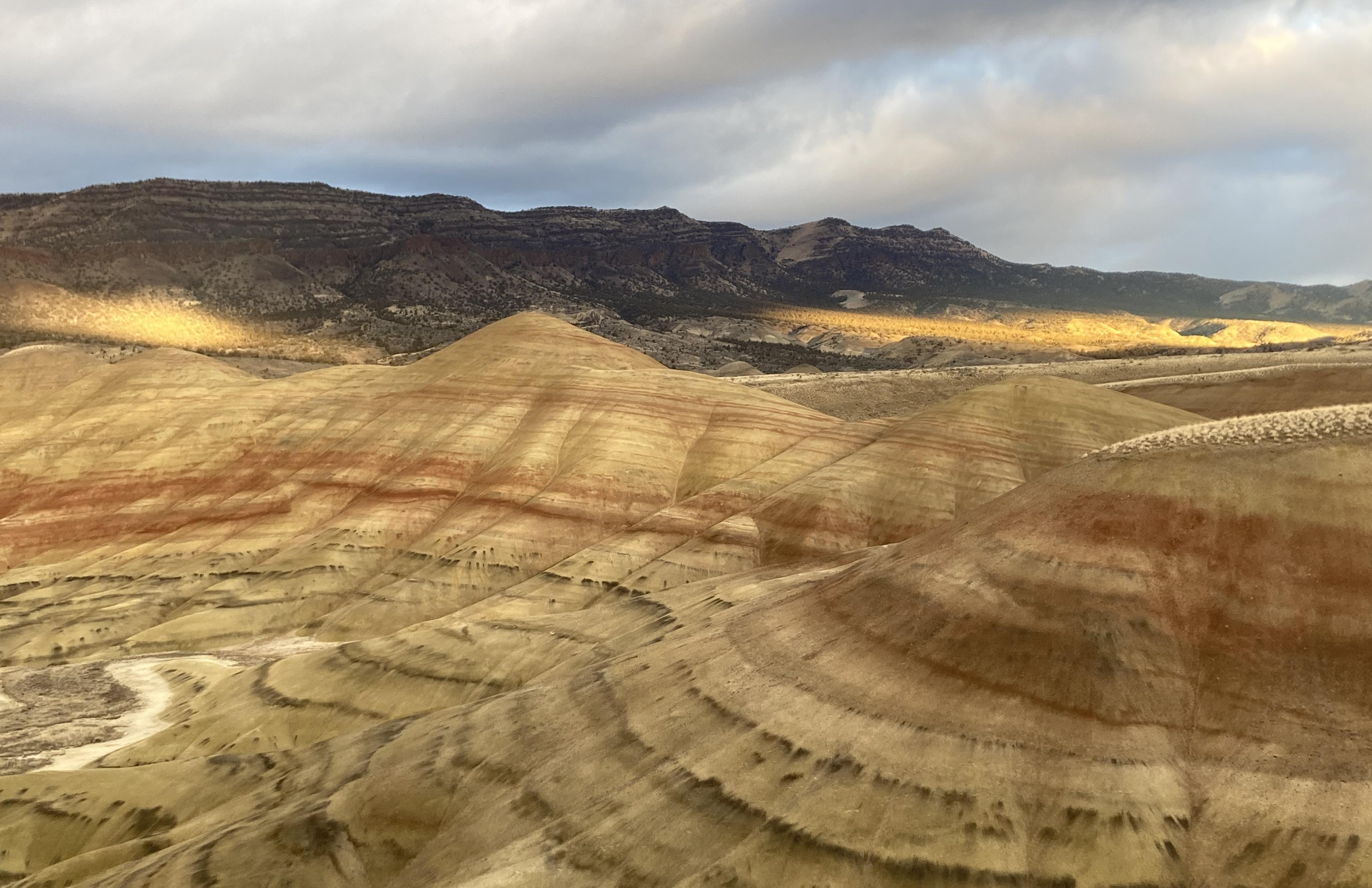
The Painted Hills in Oregon are a captivating display of nature's artistry, where layers of volcanic ash and sediment have been transformed into a vibrant palette of colors. Located within the John Day Fossil Beds National Monument, the Painted Hills are a testament to the region's dynamic geological history. The hills' colors range from deep reds and oranges to soft yellows and greens, the result of varying mineral content in the soil. This area was once a lush river basin, home to a diverse array of plants and animals. Fossils found here provide a window into the ancient ecosystems that once thrived in the region. The Painted Hills are particularly stunning at sunset, when the low-angle light enhances the colors and creates a breathtaking spectacle. This natural wonder is a reminder of the Earth's capacity for beauty and transformation.
6. The Spectacular Red Centre of Australia
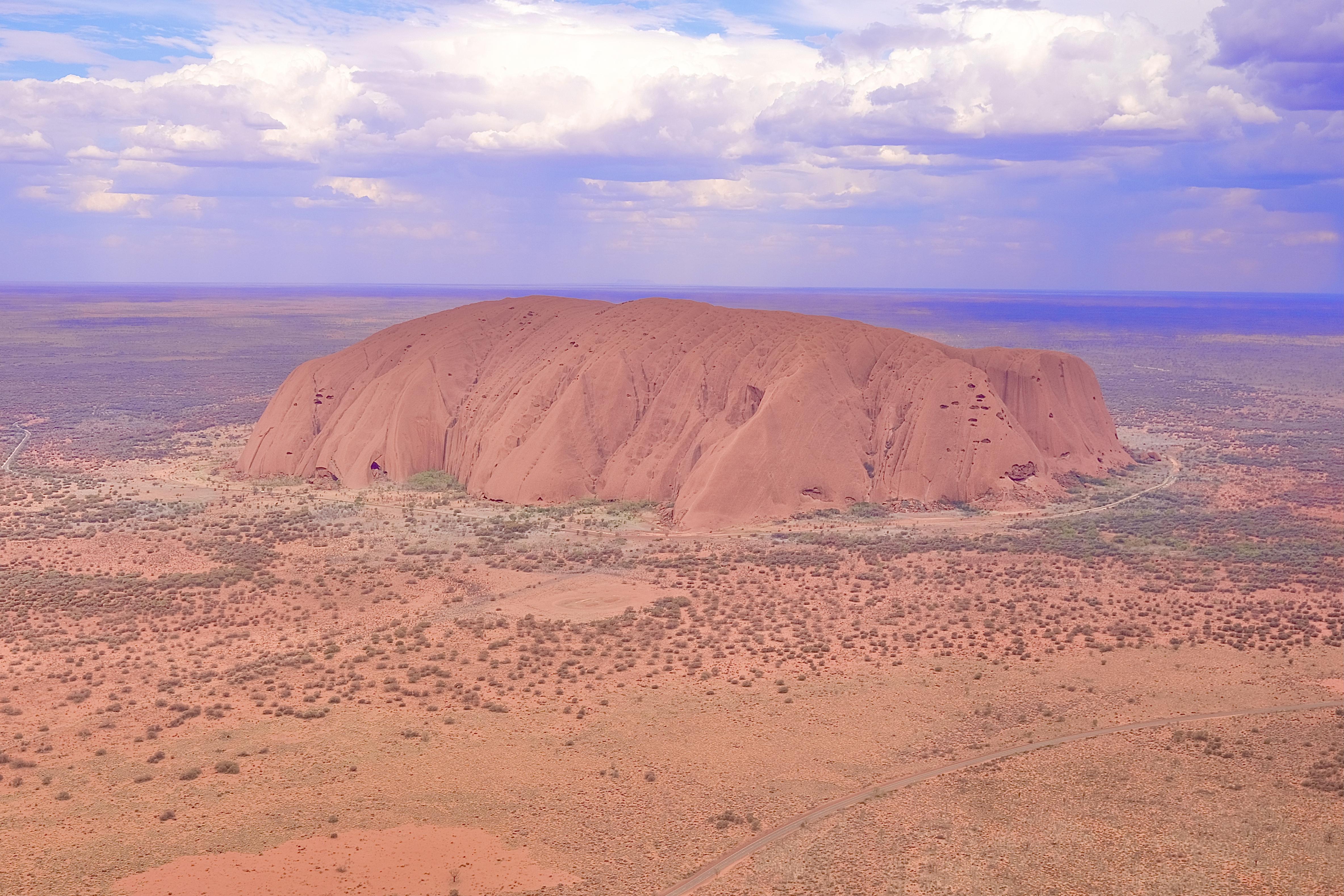
Australia's Red Centre is a vast and ancient landscape, home to some of the world's most iconic natural landmarks. The region's vivid red soils and rock formations are the result of iron oxide, which gives the landscape its distinctive hue. Uluru, also known as Ayers Rock, is the most famous feature of the Red Centre, a massive sandstone monolith that rises dramatically from the desert floor. The surrounding landscape is equally stunning, with a series of rugged ranges and deep gorges. The Red Centre is a place of great cultural significance to the Aboriginal people, who have lived in the region for tens of thousands of years. Their stories and traditions are deeply connected to the land, and the region is considered a sacred place. The Red Centre's unique geology and cultural heritage make it a fascinating destination for travelers seeking to connect with the natural world and its ancient history.
7. The Vibrant Vermilion Cliffs of Arizona
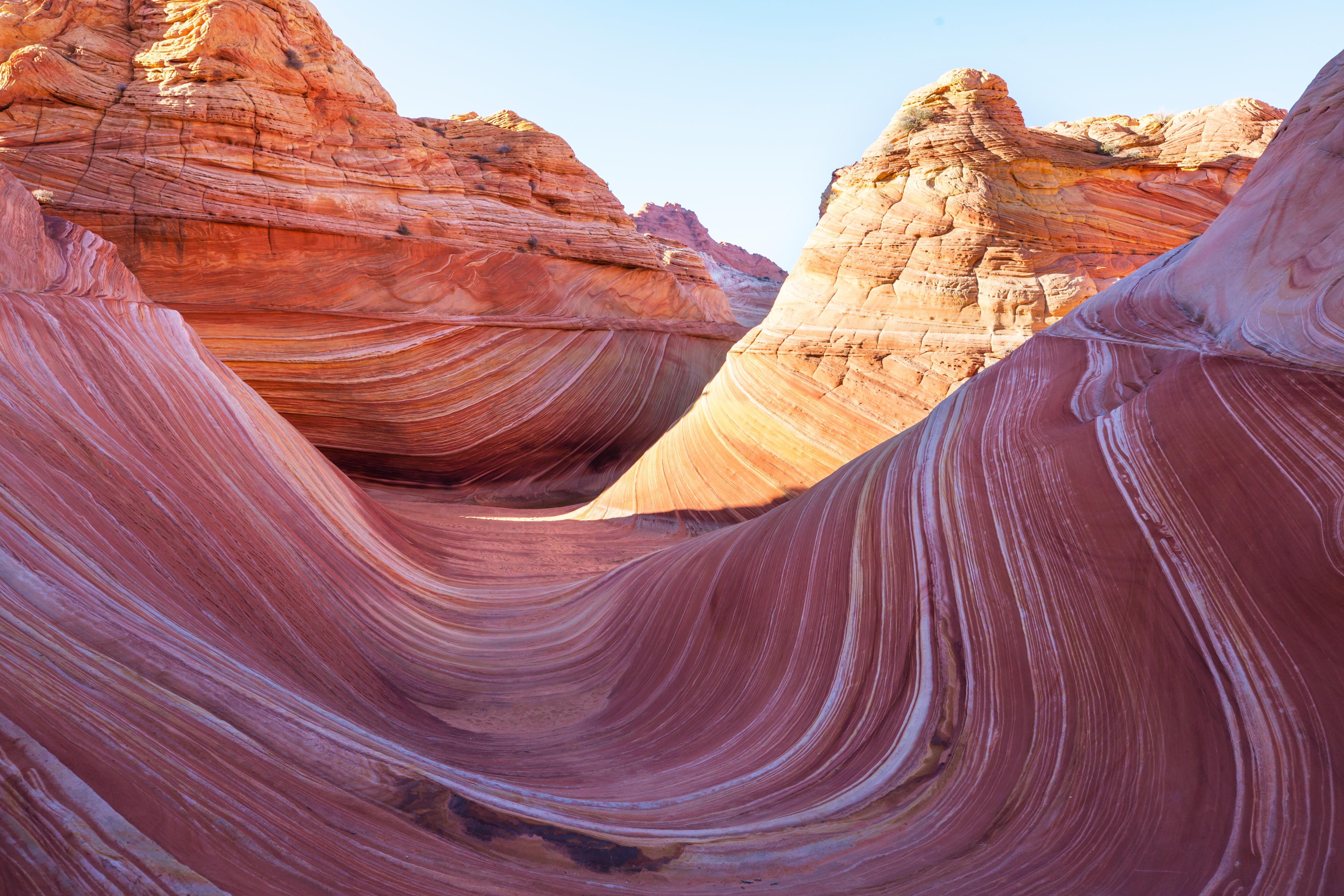
The Vermilion Cliffs National Monument in Arizona is a stunning expanse of colorful cliffs and canyons that showcase the power of erosion and time. The cliffs' vibrant hues are the result of iron and manganese deposits, which have been oxidized over millions of years. The landscape is a geologist's dream, with layers of sedimentary rock that reveal a rich history of changing environments. The Vermilion Cliffs are also home to a diverse array of plant and animal life, including the endangered California condor. The monument's remote location and rugged terrain make it a haven for outdoor enthusiasts, offering opportunities for hiking, camping, and wildlife viewing. The Vermilion Cliffs are a testament to the beauty and resilience of the natural world, a place where visitors can connect with the Earth's ancient past.
8. The Majestic Moonscape of the Bardenas Reales in Spain
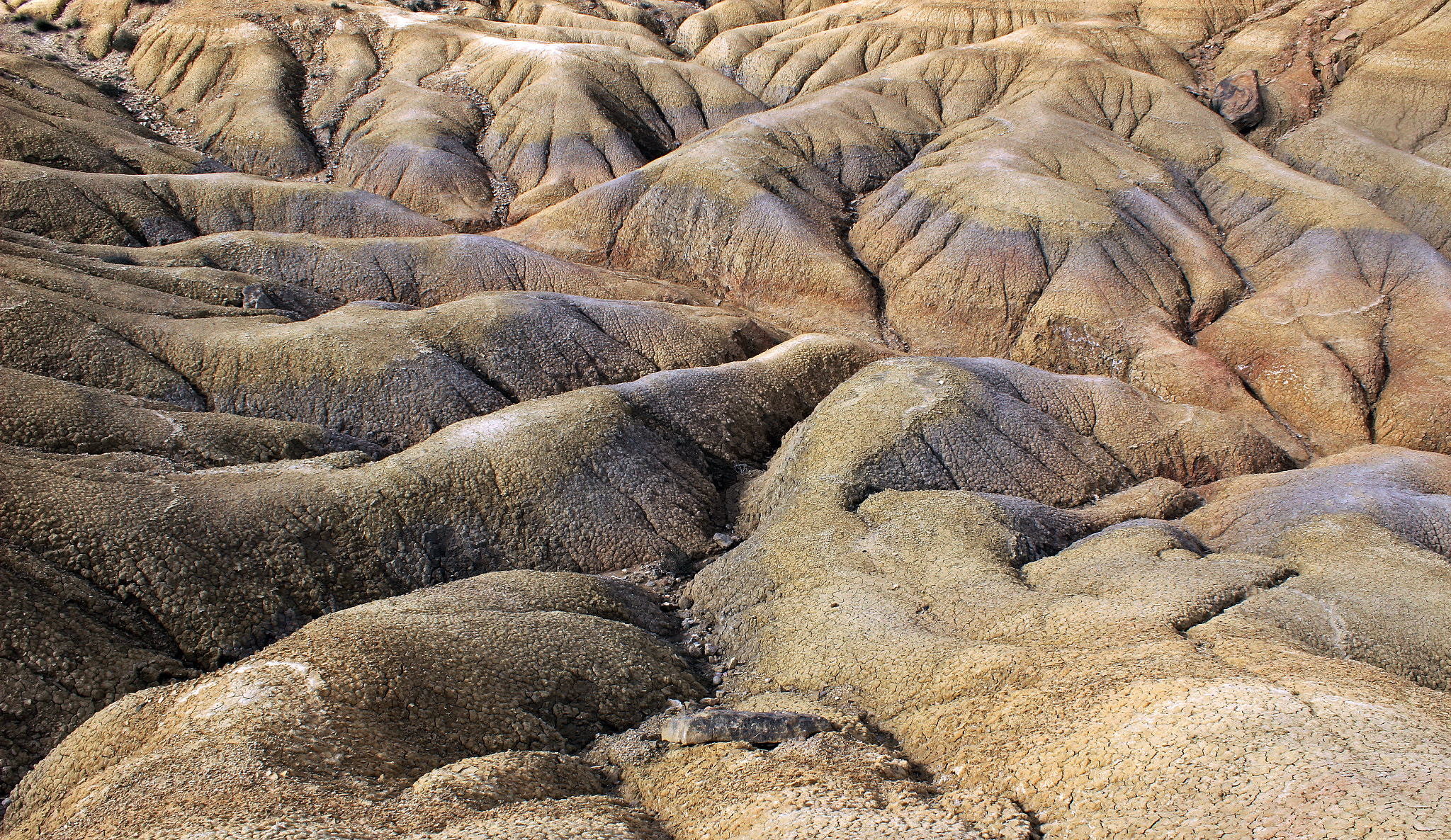
The Bardenas Reales in Spain is a semi-desert landscape that captivates visitors with its stark beauty and unique geological features. The region is characterized by its eroded clay, chalk, and sandstone formations, which have been shaped by wind and water over millions of years. The Bardenas Reales is a place of contrasts, with its barren expanses and rugged peaks creating a dramatic and otherworldly landscape. The region is also home to a diverse array of plant and animal life, adapted to the harsh conditions of the desert. The Bardenas Reales is a popular destination for hikers and photographers, drawn by its unique beauty and the opportunity to explore its hidden corners. This natural wonder is a reminder of the Earth's capacity for transformation and the power of natural forces to shape the landscape.
9. The Alien Badlands of Bisti/De-Na-Zin, New Mexico, USA
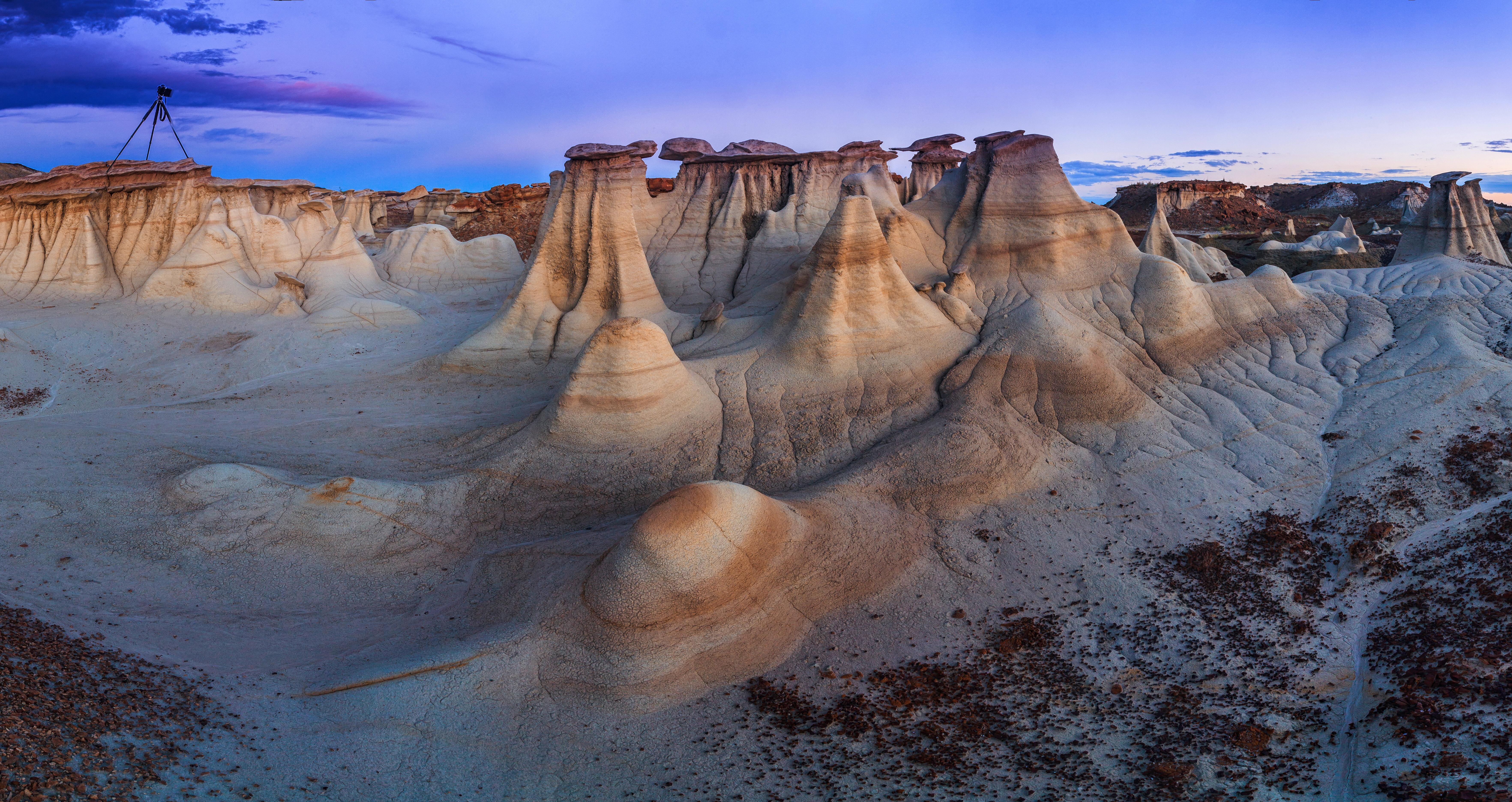
Venture into a truly surreal dreamscape in New Mexico’s Bisti/De-Na-Zin Wilderness. Here, millennia of erosion have sculpted soft shale and sandstone into an utterly alien terrain of bizarre hoodoos, cracked egg-like boulders, mushroom-shaped pedestals, and petrified logs. With minimal vegetation, the stark, multi-hued landscape feels like a desolate lunar surface or a scene from another planet. Exploring its labyrinthine washes and strange formations is an exercise in discovery, where every turn reveals a new, fantastical sculpture crafted by wind and water – a truly ingenious and otherworldly masterpiece of natural erosion.
10. The Vibrant Valle de la Luna in Chile
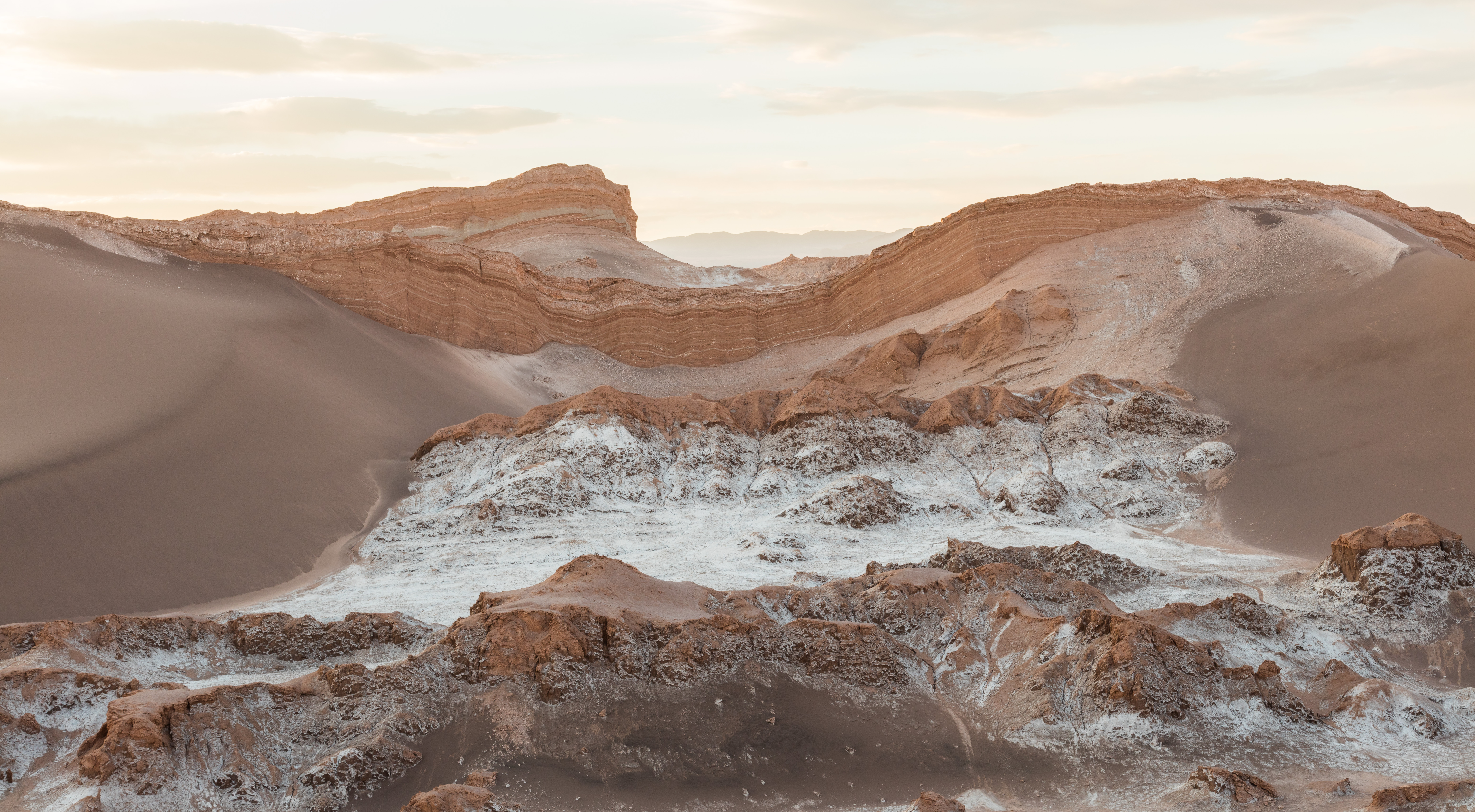
Chile's Valle de la Luna, or Valley of the Moon, is a surreal landscape located in the Atacama Desert. Known for its otherworldly rock formations and vibrant colors, this region offers a glimpse into the Earth's distant past. The valley's unique geology is the result of volcanic activity and erosion, which have sculpted the landscape into a series of bizarre shapes and vivid colors. The Atacama Desert is one of the driest places on Earth, with some areas receiving no rainfall for decades. Despite the harsh conditions, the region is home to a diverse array of plant and animal life, adapted to the extreme environment. The Valley of the Moon's stark beauty and scientific significance make it a fascinating destination for geologists and tourists alike. The interplay of light and shadow on the rugged terrain creates a constantly changing tableau that captivates photographers and nature lovers.
11. The Stunning Painted Desert of Namibia
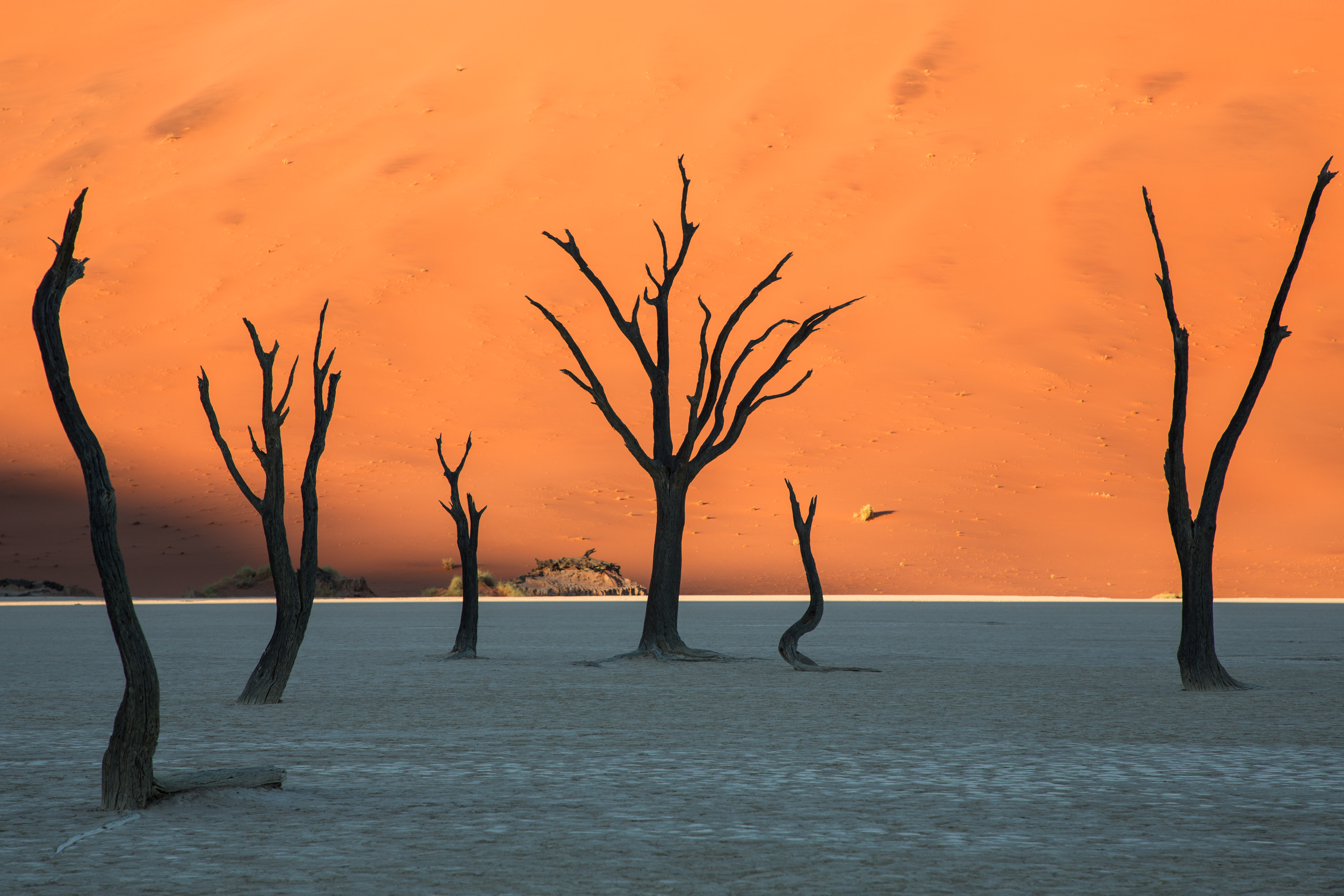
Namibia's Painted Desert is a breathtaking landscape characterized by its vibrant colors and unique geological features. The desert's striking appearance is the result of iron oxide and other minerals, which create a palette of reds, oranges, and purples. The Painted Desert is a place of contrasts, with its barren expanses and rugged peaks creating a dramatic and otherworldly landscape. The region is also home to a diverse array of plant and animal life, adapted to the harsh conditions of the desert. The Painted Desert is a popular destination for hikers and photographers, drawn by its unique beauty and the opportunity to explore its hidden corners. This natural wonder is a reminder of the Earth's capacity for transformation and the power of natural forces to shape the landscape.
The Timeless Beauty of Painted Deserts and Badlands
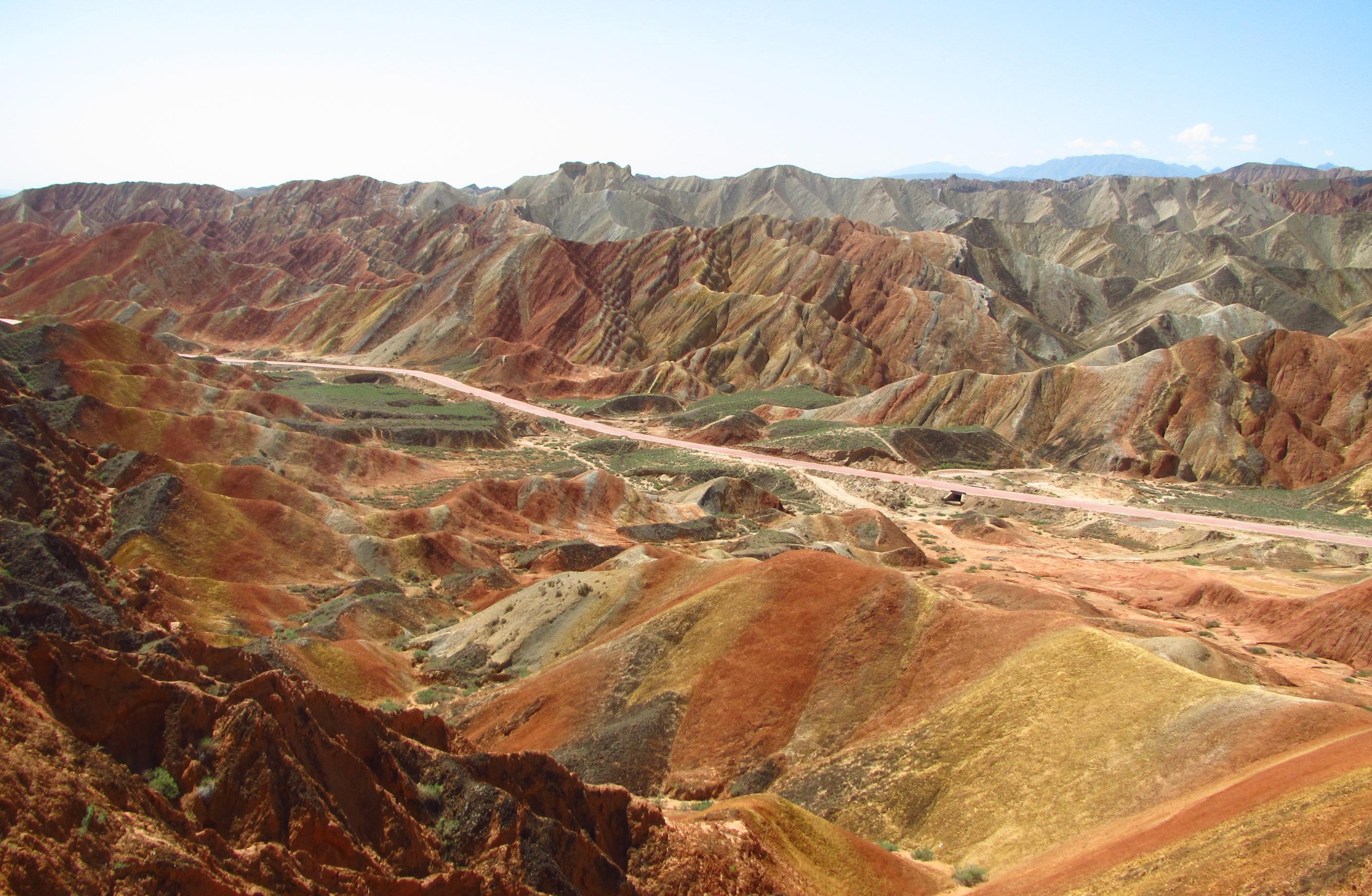
These geological masterpieces are a testament to the power of natural forces to shape the landscape and create beauty on a grand scale. They remind us of the Earth's capacity for transformation and the intricate interplay of geological processes that have sculpted these stunning terrains over millions of years. As we continue to explore and study these natural wonders, we gain a deeper understanding of the Earth's past and the forces that have shaped our planet. The painted deserts and badlands are not only places of breathtaking beauty but also windows into the Earth's ancient history, offering insights into the processes that have shaped our world.








